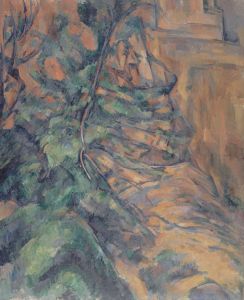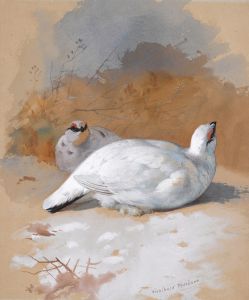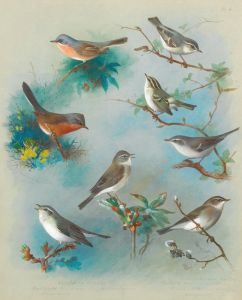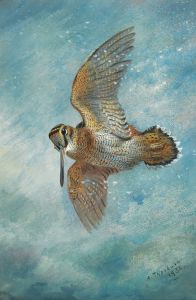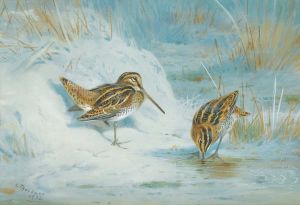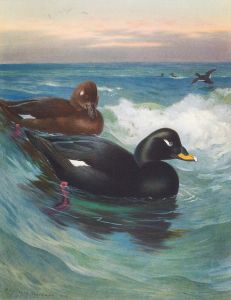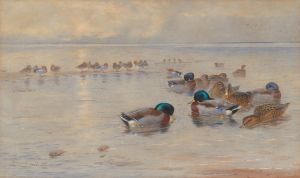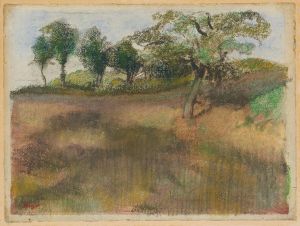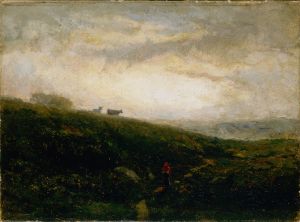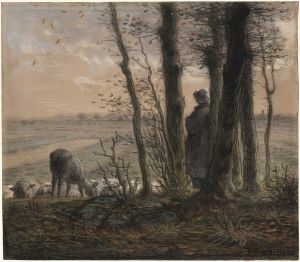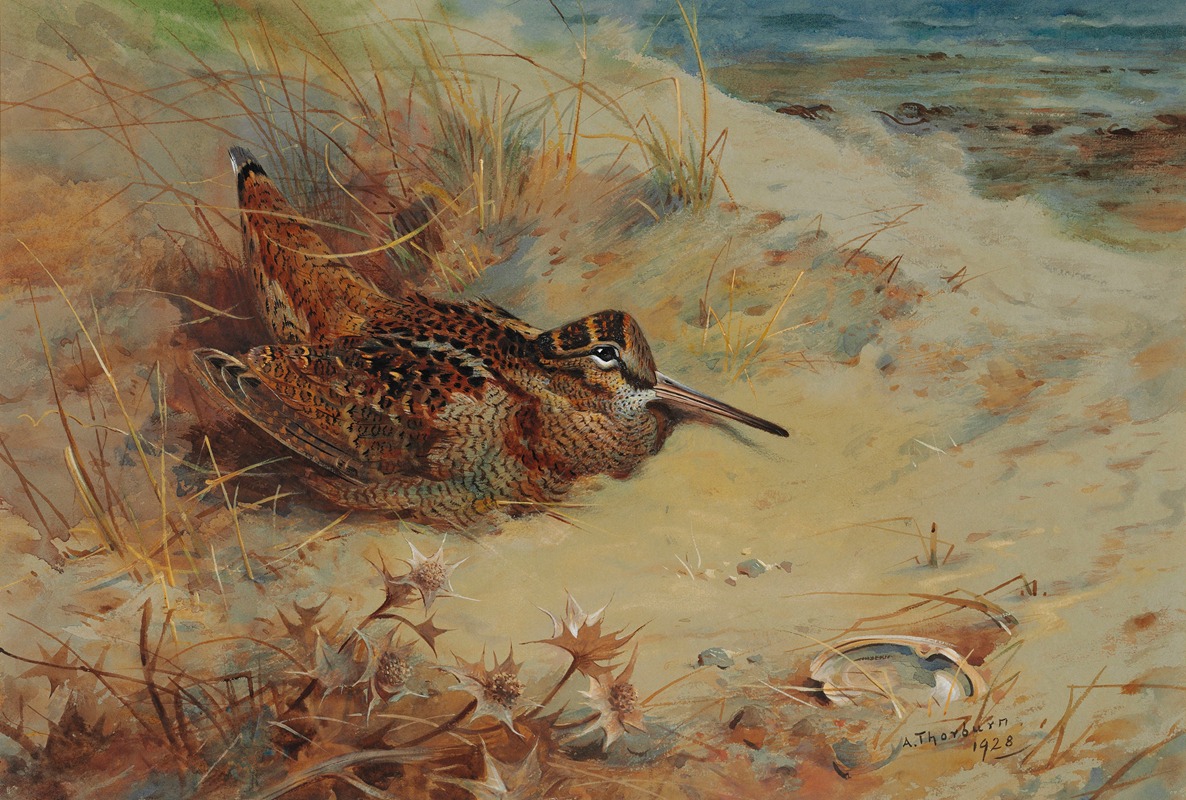
Woodcock sheltering in the sand dunes
A hand-painted replica of Archibald Thorburn’s masterpiece Woodcock sheltering in the sand dunes, meticulously crafted by professional artists to capture the true essence of the original. Each piece is created with museum-quality canvas and rare mineral pigments, carefully painted by experienced artists with delicate brushstrokes and rich, layered colors to perfectly recreate the texture of the original artwork. Unlike machine-printed reproductions, this hand-painted version brings the painting to life, infused with the artist’s emotions and skill in every stroke. Whether for personal collection or home decoration, it instantly elevates the artistic atmosphere of any space.
Archibald Thorburn (1860–1935) was a renowned Scottish artist and bird illustrator, celebrated for his detailed and lifelike depictions of wildlife, particularly birds. His work is characterized by a meticulous attention to detail and a deep appreciation for the natural world. Thorburn's paintings often capture birds in their natural habitats, showcasing his ability to blend scientific accuracy with artistic beauty.
"Woodcock sheltering in the sand dunes" is one of Thorburn's many works that exemplifies his skill in portraying birds within their environments. Although specific details about this particular painting are limited, it is consistent with Thorburn's broader body of work, which often features birds in serene and natural settings. The woodcock, a bird known for its distinctive appearance and elusive nature, is a subject that aligns well with Thorburn's interest in capturing the subtle beauty of wildlife.
Thorburn's career spanned the late 19th and early 20th centuries, a period during which he became one of the most respected wildlife artists in Britain. He was particularly known for his illustrations in various ornithological books, including Lord Lilford's "Coloured Figures of the Birds of the British Islands" and his own "British Birds," which further cemented his reputation as a leading bird artist of his time.
Thorburn's technique involved working primarily in watercolor, a medium that allowed him to achieve the delicate textures and vibrant colors evident in his paintings. His ability to render the intricate details of feathers and the subtle play of light in natural settings made his work highly sought after by collectors and naturalists alike.
The setting of sand dunes in "Woodcock sheltering in the sand dunes" suggests a coastal environment, which is a habitat where woodcocks can occasionally be found, especially during migration periods. Thorburn's choice of such a setting would have been informed by his extensive field observations and understanding of bird behavior, which he meticulously incorporated into his art.
Throughout his life, Thorburn remained dedicated to his craft, often spending long hours in the field observing birds and sketching them in their natural surroundings. This dedication is reflected in the authenticity and vitality of his paintings, which continue to be celebrated for their contribution to both art and ornithology.
Thorburn's legacy endures through his artwork, which remains popular among collectors and is frequently exhibited in galleries and museums. His paintings not only serve as beautiful representations of wildlife but also as valuable historical records of bird species and their habitats during his lifetime.
In summary, while specific information about "Woodcock sheltering in the sand dunes" is limited, the painting is representative of Archibald Thorburn's esteemed work in wildlife art. His contributions to the field have left a lasting impact, ensuring his place as one of the foremost bird artists of his era.





